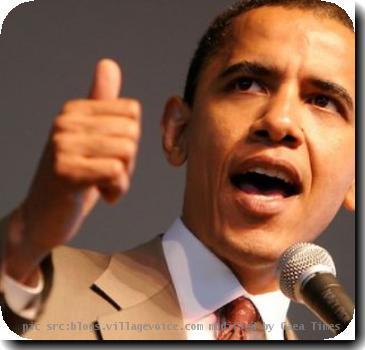SEC knew of Stanford scheme since 1997, according to SEC inspector general
By Marcy Gordon, APFriday, April 16, 2010
IG report: SEC knew of Stanford scheme since 1997
WASHINGTON — The Securities and Exchange Commission knew since 1997 that R. Allen Stanford likely was operating a Ponzi scheme but waited 12 years to bring fraud charges against the billionaire, the agency inspector general said Friday.
An SEC enforcement official who helped quash investigations of Stanford’s business later legally represented him, according to a new report by the agency watchdog.
The SEC didn’t bring charges against Stanford until February 2009, when it alleged a $7 billion fraud. SEC Inspector General David Kotz said in the report that “institutional influence” in the enforcement division was a factor in the agency’s repeated decisions not to conduct a full investigation.
Complex cases like Stanford’s that couldn’t be quickly resolved were discouraged by enforcement higher-ups, the IG’s report said.
Kotz’s report said his office’s examination didn’t find that the reluctance of the SEC’s Fort Worth enforcement attorneys to investigate Stanford was tied to “any improper professional, social or financial relationship on the part of any former or current SEC employee.”
The IG’s office did find evidence, however, that “institutional influence” within the enforcement division contributed to the repeated decisions not to conduct a thorough investigation of Stanford, the report says. Senior agency officials in the Fort Worth office believed they were being judged on the number of cases they brought, and told their enforcement staff that novel or complex cases — as opposed to “quick-hit” cases — were discouraged, the IG’s inquiry found.
The findings were the latest in a string of black eyes for the SEC, following a series of reports issued by Kotz’s office last year that chronicled in detail how the agency bungled five investigations of financier Bernard Madoff’s business between June 1992 and December 2008. Madoff’s multibillion-dollar fraud, which could be the biggest Ponzi scheme in history, destroyed thousands of people’s life savings, wrecked charities and jolted investor confidence during the worst days of the financial crisis.
SEC Chairman Mary Schapiro, in a statement issued Friday, noted that the IG’s report on the handling of the Stanford case details events that occurred between 1997 and 2005. Schapiro, appointed by President Barack Obama, became SEC chief in January 2009.
Since 2005, Schapiro said, “much has changed and continues to change regarding the agency’s leadership, its internal procedures and its culture of collaboration. The report makes seven recommendations, most of which have been implemented since 2005. We will carefully analyze the report and implement any additional reforms as necessary for effective investor protection.”
The SEC’s Fort Worth office in 1997 began conducting examinations of sales of certificates of deposit by Antigua-based Stanford International Bank, which promised outsized returns, the inquiry found. It said the examiners made numerous efforts after each exam to convince the Fort Worth enforcement officials to open a full investigation of Stanford, but “no meaningful effort” was made until late 2005.
Kotz’s investigation also found that a former head of enforcement in the Fort Worth office played “a significant role in multiple decisions over the years to quash investigations of Stanford.”
The former official, who wasn’t named, sought to legally represent Stanford on three occasions after the official left the agency and went into private law practice. The official did represent Stanford briefly in 2006, the report says.
The SEC’s civil fraud charges filed last year against Stanford accused the brash billionaire, a larger-than-life figure in the Caribbean, of luring investors with promises of improbable high returns on the CDs and other investments.
Last June, Stanford was indicted and jailed on Justice Department charges that his international banking empire was really a pyramid scheme built on lies, bluster and bribery. Stanford is disputing the charges, which in the criminal case could send him to prison for up to 250 years if convicted.
The new IG report was in sharp contrast to one issued on Kotz last July, which found that the SEC had fulfilled its duty to pursue alleged wrongdoing by Stanford. The SEC’s decision to halt its investigation of Stanford in April 2008 came in response to a request by the Justice Department, and the agency didn’t breach its obligation, the earlier report found.
It did find, however, that the SEC’s “urgency” regarding its Stanford probe “increased significantly” after Madoff confessed to his long-running fraud scheme in December 2008, with the agency telling Justice it could no longer wait in deference to the criminal authorities’ parallel investigation. Federal prosecutors agreed and the SEC brought charges in February 2009.
Tags: Barack Obama, Corporate Crime, Fraud And False Statements, North America, United States, Washington

